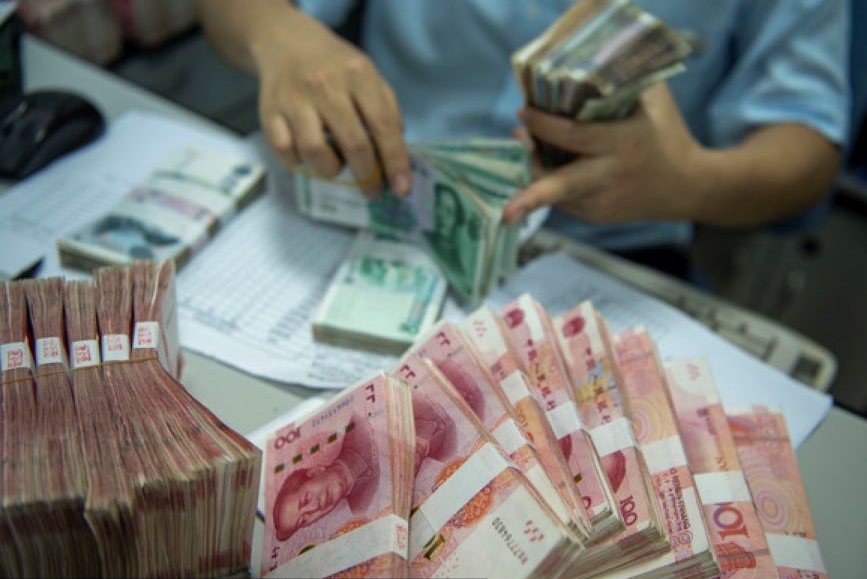Subsidized loans eye stimulating consumption
Used directly for shopping, verifiable through borrower transaction records


China's subsidized personal consumption loan policy came into effect on Monday, with multiple banks racing to roll out the measures as part of the government's broader push to spur domestic spending.
The plan, unveiled on Aug 12, marks the first time the central government has offered interest subsidies for qualifying personal consumption loans. The program runs from Sept 1, 2025 to Aug 31, 2026, and applies to the portion of personal consumption loans — excluding credit card borrowing — used directly for consumption which is verifiable through borrowers' transaction records via loan disbursement accounts.
Launched in tandem was a separate interest subsidy plan targeting eligible business loans in the services sector. Together, the two measures are designed to ease financing costs for households and service-sector businesses, while encouraging financial institutions to develop more innovative and flexible credit products, said Wen Bin, chief economist at China Minsheng Bank.
In preparation, many banks released Q&A guides to clarify details for clients. They emphasized that the application process for subsidized loans is not dissimilar to that for regular loans, with bank systems able to automatically identify eligible consumption transactions. If the system cannot match transactions, borrowers may present receipts at branches for manual review before receiving subsidies.
At China Construction Bank's interim results briefing on Friday, CCB President Zhang Yi said the large State-owned commercial lender had swiftly implemented the new policies across its operations. Zhang emphasized that the measures would effectively reduce borrowing costs for households and businesses, channel more funds into consumption and drive healthy loan growth.
"Our bank will focus on precisely supporting genuine consumption needs, simplifying subsidy procedures, enhancing customer experience and deepening the integration of loans with consumption scenarios," Zhang said. "Through high-quality financial services, we aim to expand demand, offer market participants easier access to policy benefits and unlock consumption potential."
In the first half, CCB launched a consumer finance initiative, with personal consumption loan balances reaching 614.19 billion yuan ($86 billion) — an increase of 86.3 billion yuan from the end of last year. Its local lifestyle services app also helped distribute 5.6 billion yuan in consumption subsidies across 172 cities, stimulating over 40 billion yuan in household spending.
Bank of China reported a 15.42 percent increase in personal consumption loans in the first half. BOC Executive Vice-President Yang Jun said the lender would continue improving the quality and efficiency of consumer lending, supporting government initiatives such as the consumer goods trade-in program and related subsidies, while ensuring that fiscal benefits are delivered directly to consumers.
Industrial and Commercial Bank of China also stepped up investment, service innovation and supply of consumer finance, with personal consumption loans rising more than 10 percent in the first half from the start of the year.
At the same time, the banking industry faces challenges in retail loan asset quality, which has come under pressure from market conditions.
"As policies to stabilize growth and boost domestic demand take effect, we expect the deterioration trend in personal consumption loans to ease," said ICBC Senior Executive Vice-President Wang Jingwu.
"We will expand lending without raising operating costs or disrupting the market environment, while continuously optimizing product access standards, rules and risk management. We will also strengthen end-to-end oversight of loan risks, and advance smart, data-driven risk control to better match products with customers for long-term sustainable development," Wang said.
CCB Executive Vice-President Li Jianjiang said that in response to evolving risks in inclusive retail finance, the lender is enhancing its risk-control framework. Measures include upgrading smart risk management systems, embedding digital tools in loan processes and refining management across key stages such as loan approval, risk checks and collections.
These steps aim to strengthen risk management at its source and throughout the process, thereby improving risk-control effectiveness and efficiency, said Li.
jiangxueqing@chinadaily.com.cn





































